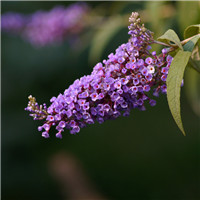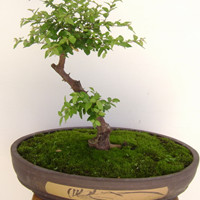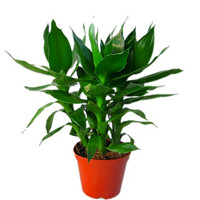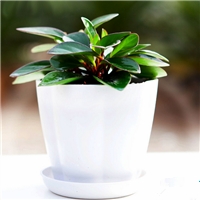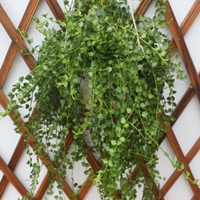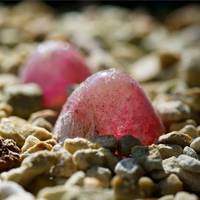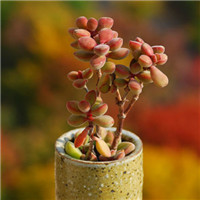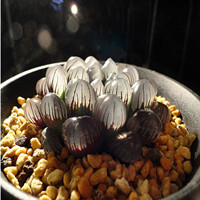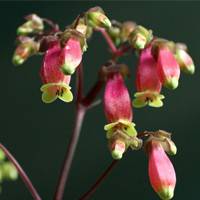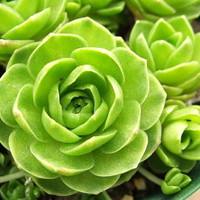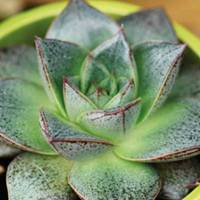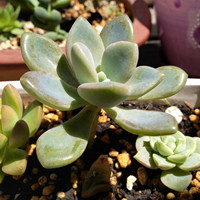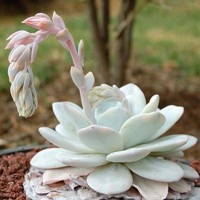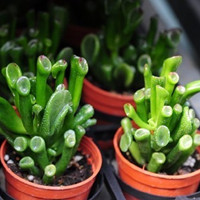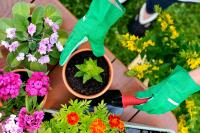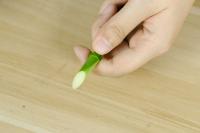Didn't Water My Plant Stem Rotten
As a proud plant parent, it's essential to ensure that your green friends are getting the right amount of water. Watering plants is the most crucial aspect of their growth and survival. However, overwatering or not providing enough water can cause numerous problems for plants, such as stem rot.
The Importance of Water for Plants
Plants need water to perform various essential functions such as photosynthesis, nutrient uptake, and transpiration. Water also helps to maintain turgor pressure in plant cells, preventing them from shriveling and wilting. Without adequate water, plants can't carry out these processes effectively, leading to stunted growth, wilting, and even death.
What Causes Stem Rot?
Stem rot is a common problem in plants that occurs due to many factors, including overwatering, underwatering, and poor soil drainage. When plants are watered too frequently or if the soil is too wet, the soil becomes waterlogged, leading to oxygen depletion in the root zone. This condition causes the roots to rot and eventually leads to stem rot. Additionally, if plants are left in standing water, the water flow in their stems can be disrupted, leading to stem rot.
The Signs of Stem Rot
Stem rot can be identified by several signs such as soft or mushy stems, discolored, or yellowing leaves. You may also notice a foul smell in the soil or around the plant, indicating the presence of bacteria or fungi that cause the rot. In severe cases, the entire plant can become blackened, wilted, and collapse, leading to plant death.
How to Prevent Stem Rot
The best way to prevent stem rot is by providing your plant with the correct amount of water. Avoid overwatering by ensuring proper soil drainage and allowing the soil to dry out slightly between watering sessions. Similarly, don't underwater your plants, as this can also cause root rot and stem rot. Additionally, it's crucial to inspect your plants regularly and remove any dead or decaying leaves that may contribute to the development of stem rot.
How to Treat Stem Rot
If you suspect that your plant has stem rot, the first step is to remove the affected areas. Cut off the rotting stems and leaves, and remove any organic matter from the soil that may contribute to the rot. Additionally, change the soil and pot your plant in a clean container. Monitor your plant closely, and adjust your watering habits accordingly to prevent further rot development.
Conclusion
Stem rot can be a challenging problem to deal with in plants, but it's avoidable. By properly watering and caring for your plants, you can prevent the development of stem rot and enjoy your green friends' benefits for years to come.

 how many times do yo...
how many times do yo...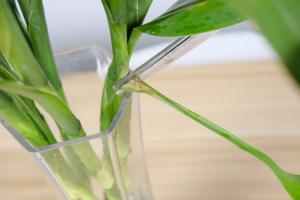 how many planted tre...
how many planted tre...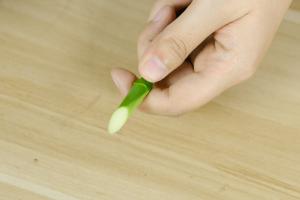 how many pine trees ...
how many pine trees ... how many pecan trees...
how many pecan trees... how many plants comp...
how many plants comp... how many plants can ...
how many plants can ...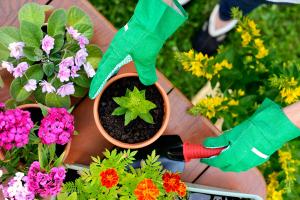 how many plants and ...
how many plants and ...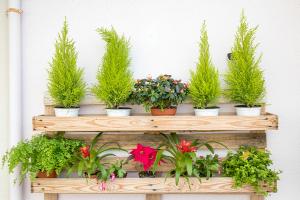 how many pepper plan...
how many pepper plan...

